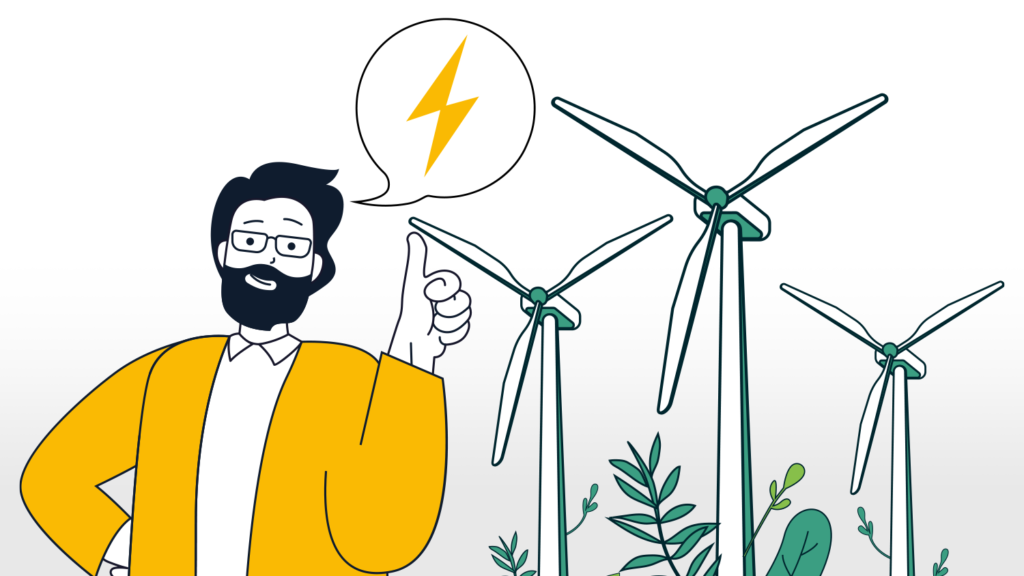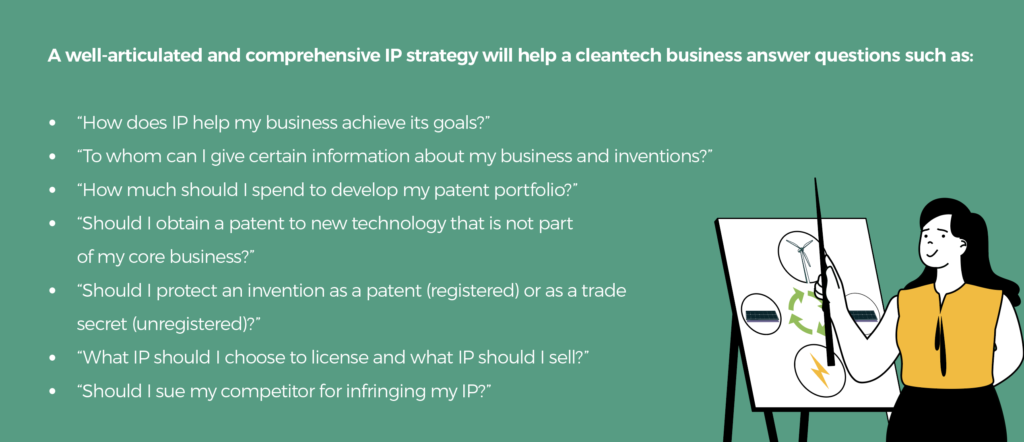
IP strategies for European ‘cleantech’ SMEs in China
China is the fastest growing market for wind and nuclear power generation, and is investing heavily in exploring alternative, renewable means of addressing its immense energy needs. Developing the cleantech sector has become a major government priority. With a large potential cleantech market, and strong government support for the development and adoption of new clean technologies, China presents great opportunities for European cleantech small and medium-sized enterprises (SMEs). However, as illustrated here by the China IP SME Helpdesk, the more competitive the market gets, the more essential it becomes for cleantech companies to strategically manage, protect and leverage their intellectual property (IP).
Is bringing technology to China to access the Chinese market worth the IP risk?
China’s large cleantech market potential means that cleantech businesses cannot risk losing a strategic foothold in China by waiting to act. Cleantech businesses that choose to start working with China need to understand that while good execution, effective management and access to financing is critical to maintaining a competitive advantage, protecting cutting-edge technology is equally important. Although technology transfer can be structured in a way that minimises IP risk, additional preparation and measures directed at the IP environment in China need to be considered by cleantech businesses with China aspirations.[1]
What does it mean to have an IP strategy?
The cleantech industry is diverse to the point of being difficult to define, and, not surprisingly, IP strategies will differ markedly for different cleantech businesses. How IP fits into the overall business strategy will depend on whether the business is a start-up or already well established, and also whether the technology itself is new and untested in the market, or mature and off-patent (technology that is no longer protected by patent). Different businesses will use IP to achieve different business objectives: for example, to maximise revenue generation by monetising their IP portfolio through licensing, increasing opportunities for partnerships and cross-licensing or barring new entrants into the market.
For example, a manufacturer of wind turbine components might consider focussing efforts and resources towards obtaining patent protection of component designs (a design patent) because infringement of counterfeit components can be easily demonstrated and proven in court. They may then also focus on budgeting sufficiently for enforcement campaigns to actively identify counterfeiters. On the other hand, a cleantech business that has developed a biomass on-site power generation system for livestock farms, and is looking to license the technology to farms across China, may want to obtain patent protection and explore ways to ‘black box’—i.e. to withhold or keep secret—key parts of the technology. This could be done by supplying specialised equipment or by having a trusted contractor perform the installation because the technology will need to be taught to and practised by the licensee.

Developing an IP strategy
Developing an IP strategy requires interfacing with all parts of your business, including operational leaders, legal advisors and development teams. As a first step, a cleantech business should conduct an IP audit by identifying and cataloguing all the IP it owns. The next step is to link every piece of IP with a revenue stream, product, development goal, risk and/or strategic target. A close look at the market and competitors should be conducted. Core technology should be identified, and strategies developed on how best to exploit it. The business should then look at how it is capturing and managing IP, and whether additional steps need to be taken to secure and protect it (including resolving ownership issues and reviewing policies related to the notification of the creation of inventions to the employer by the inventor, and the rewards for the creation of patentable inventions). Internal policies for protecting trade secrets and confidential information, and for dealing with third parties, should also be developed.
Developing an IP strategy is an involved process that can be difficult for cleantech SMEs to devote resources to. One helpful strategy is to start small. Make a list or spreadsheet of the IP the business has and add to it over time. Slowly expand on this list, drawing connections to relevant parts of the business.
Note: The text for this article is extracted from the China IP SME Helpdesk’s comprehensive guide, IP Strategies for EU ‘Cleantech’ SMEs in China, which contains further details on how to build a cleantech patent portfolio; agreements and dealing with partners; trademarks and branding; and licensing and sale of IP, among other aspects.
The China IP SME Helpdesk supports SMEs from European Union (EU) Member States and from countries participating in the Single Market Programme1 to protect and enforce IP rights in or relating to China, Hong Kong, Macao and Taiwan, through the provision of free information and services. The Helpdesk provides jargon-free, first-line, confidential advice on IP and related issues, along with training events, materials and online resources. Individual SMEs and SME intermediaries can submit their IP queries via email (question@china-iprhelpdesk.eu) and gain access to a panel of experts, in order to receive free and confidential first-line advice within three working days. The China IP SME Helpdesk is an EU initiative.
To learn more about the China IP SME Helpdesk and any aspect of IP in China, please visit our online portal: https://intellectual-property-helpdesk.ec.europa.eu/regional-helpdesks/china-ip-sme-helpdesk_en
[1] Further information on IP protection in technology transfers can be found in other China IPR SME Helpdesk materials on their website: <https://intellectual-property-helpdesk.ec.europa.eu/regional-helpdesks/china-ip-sme-helpdesk_en >


Recent Comments